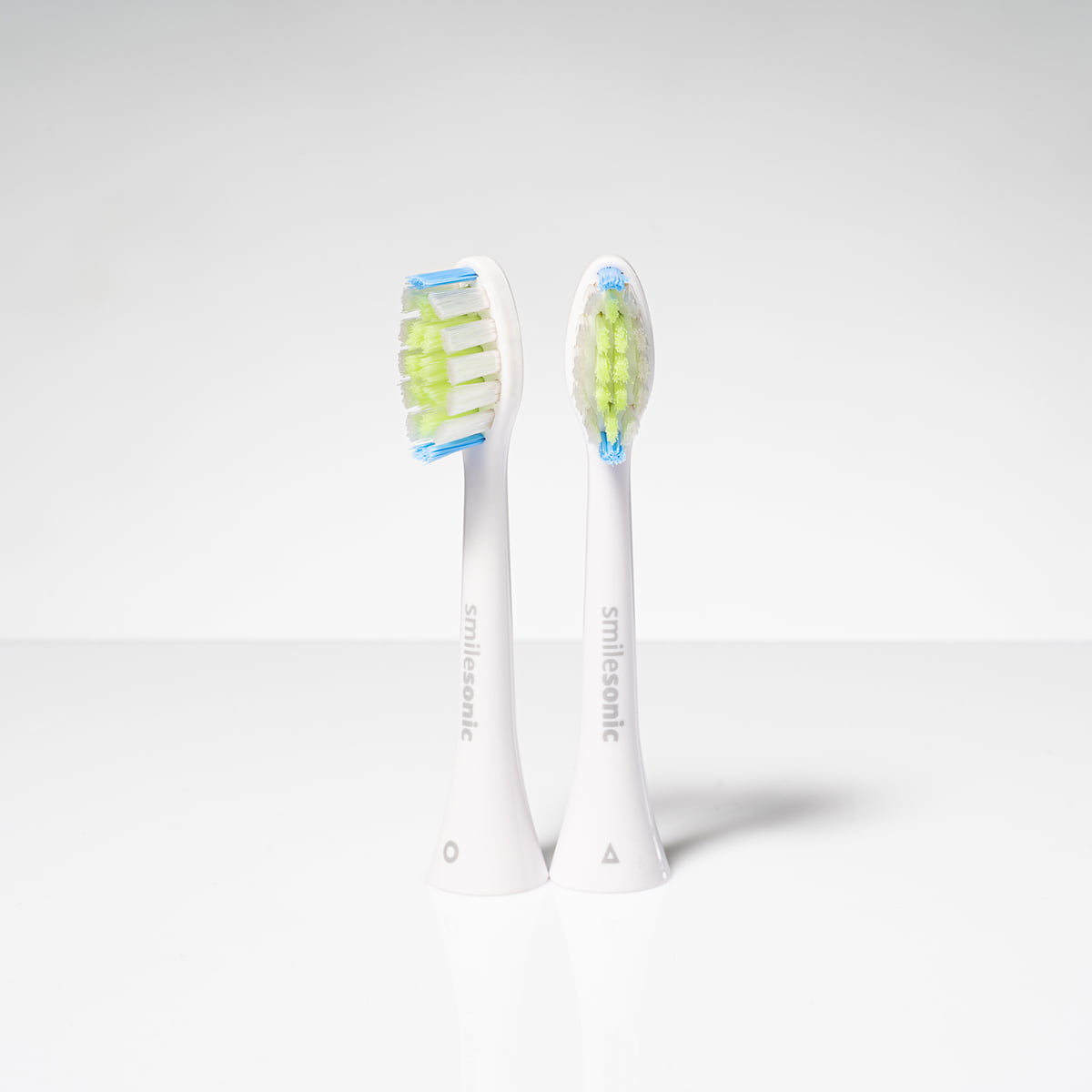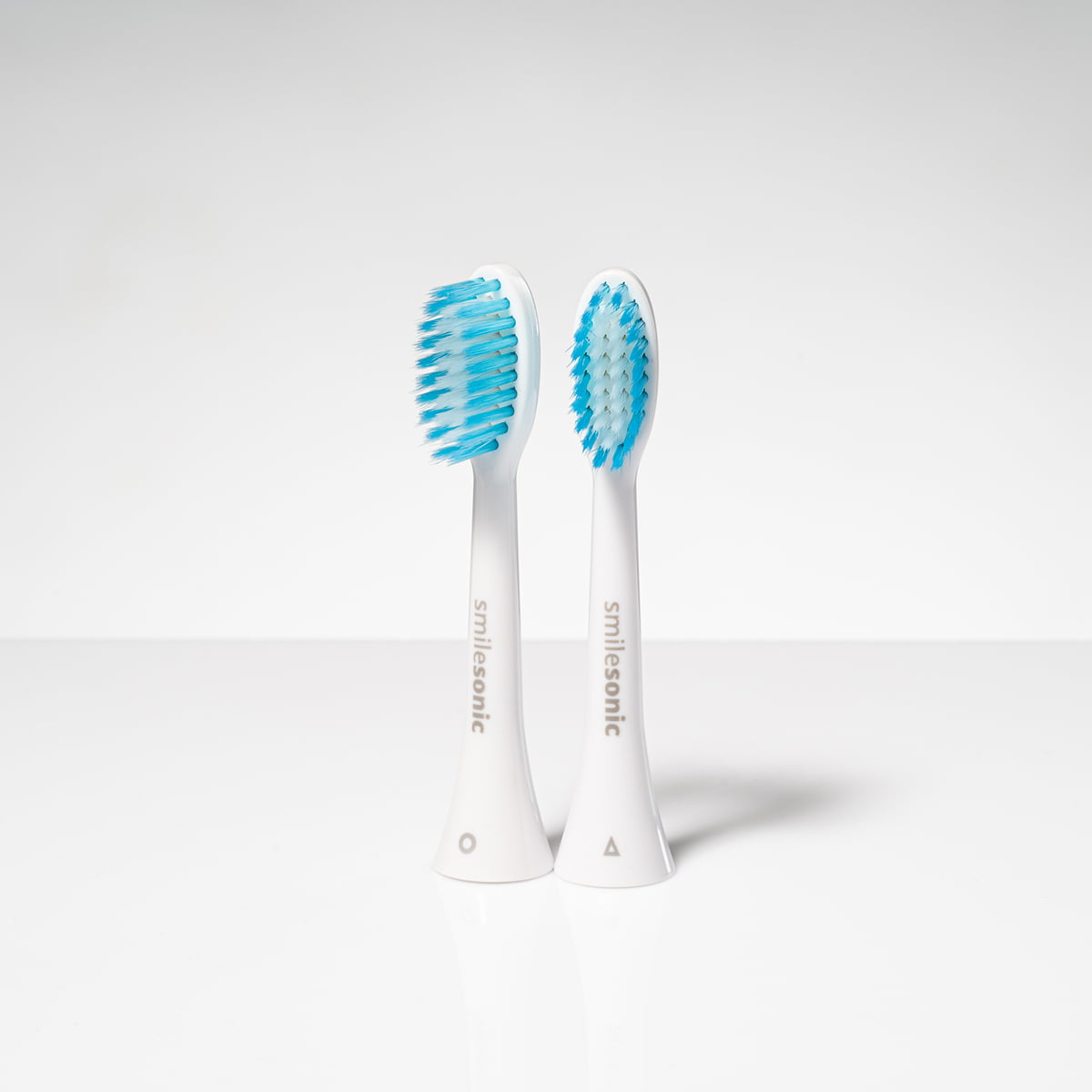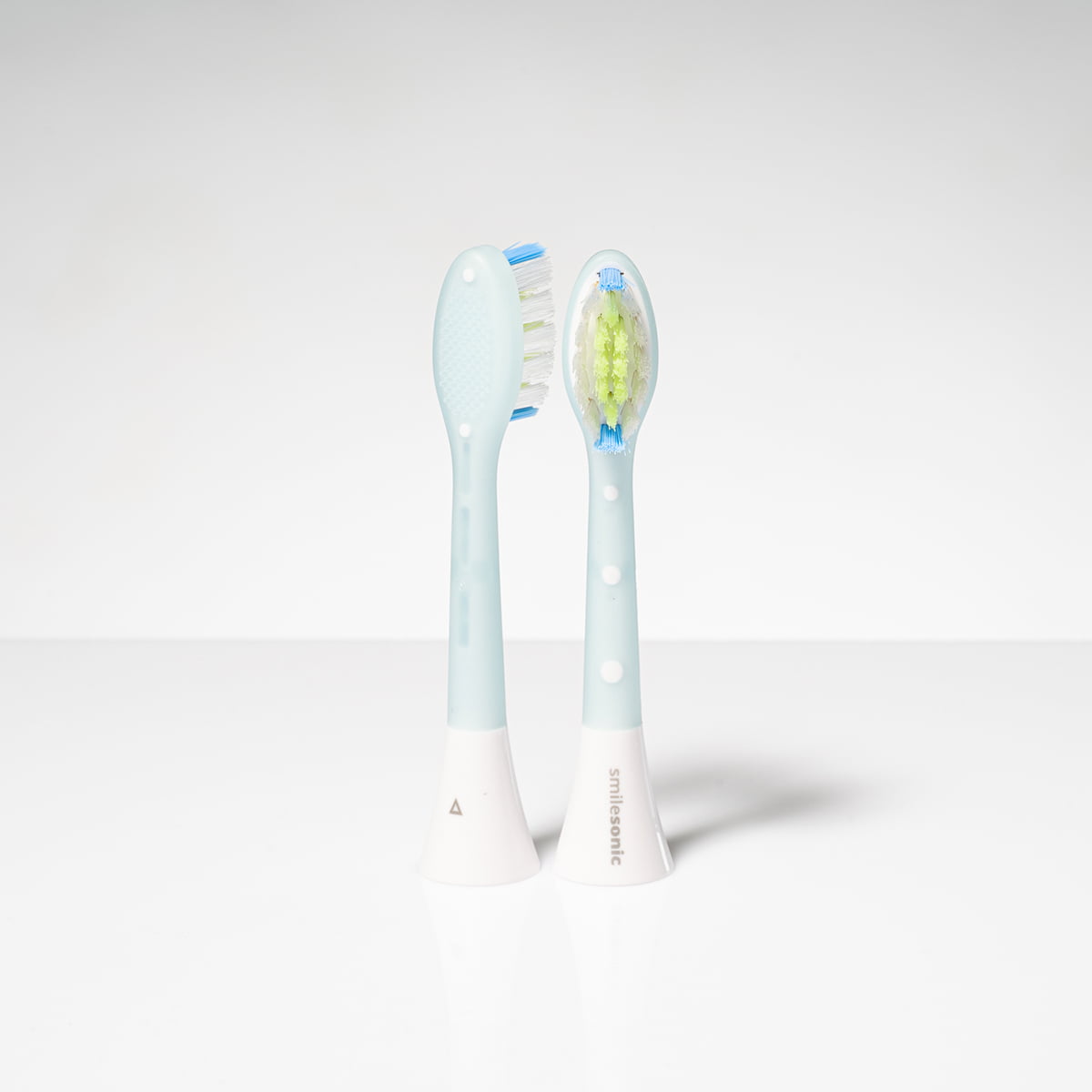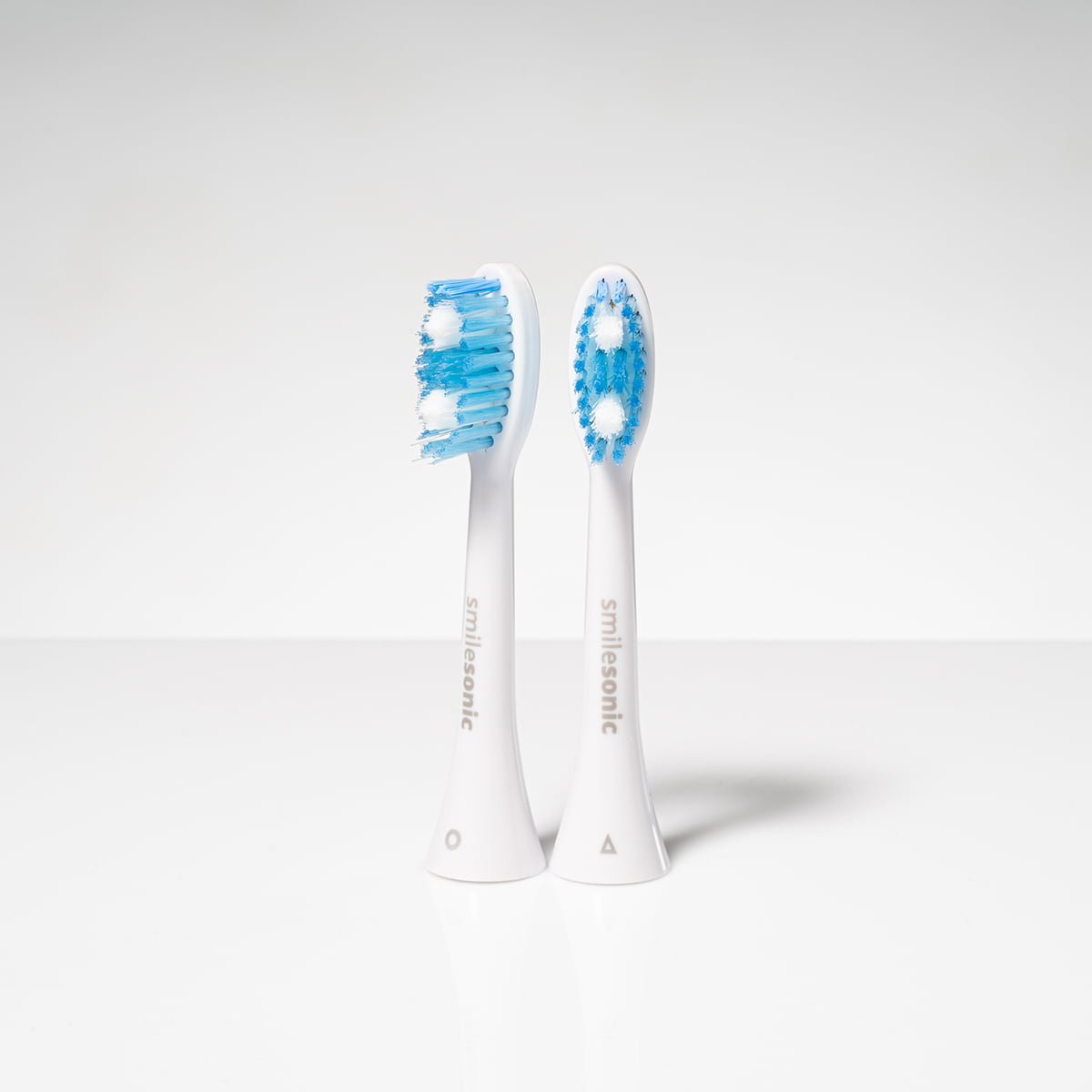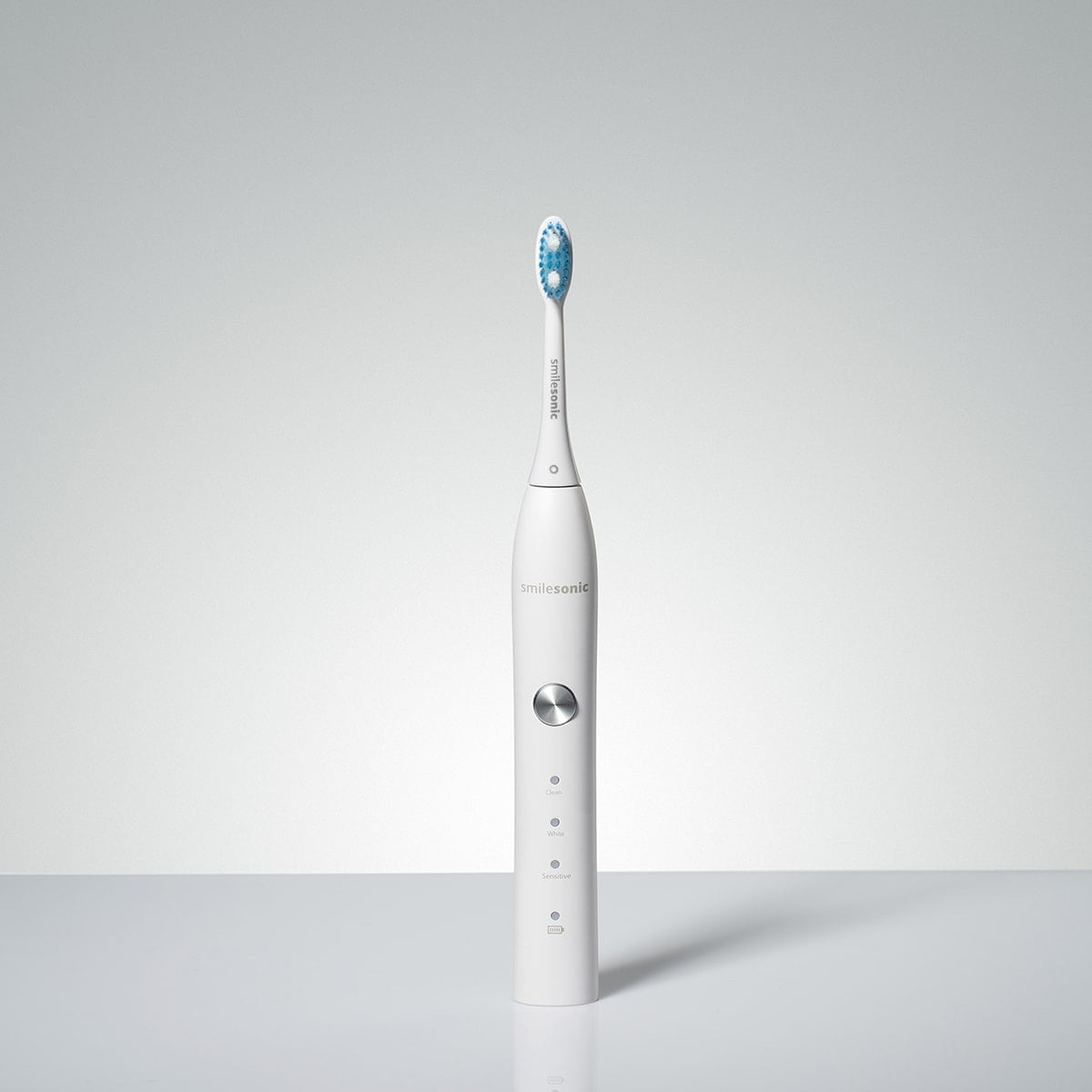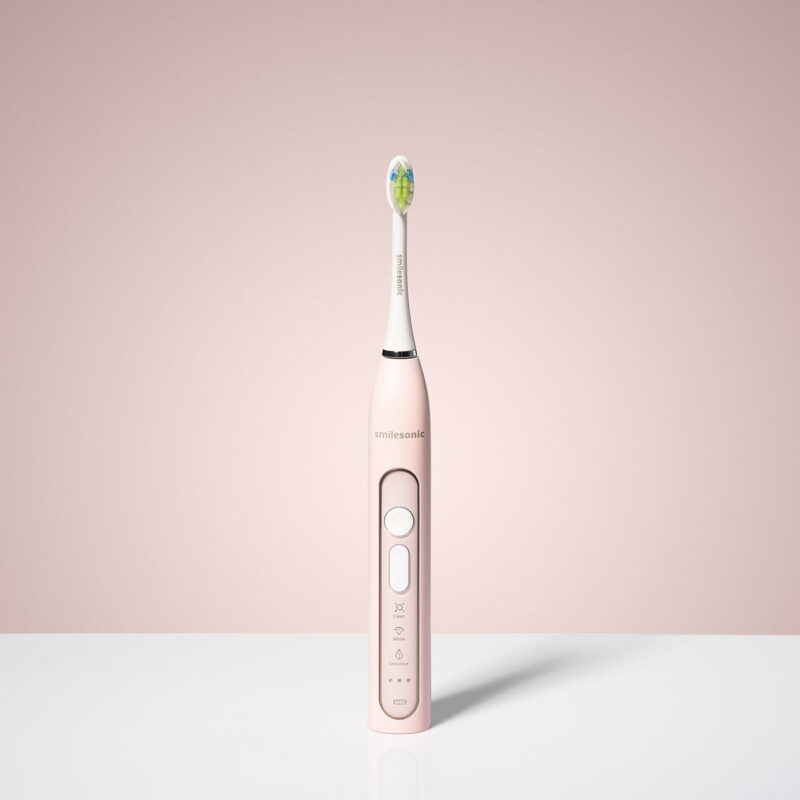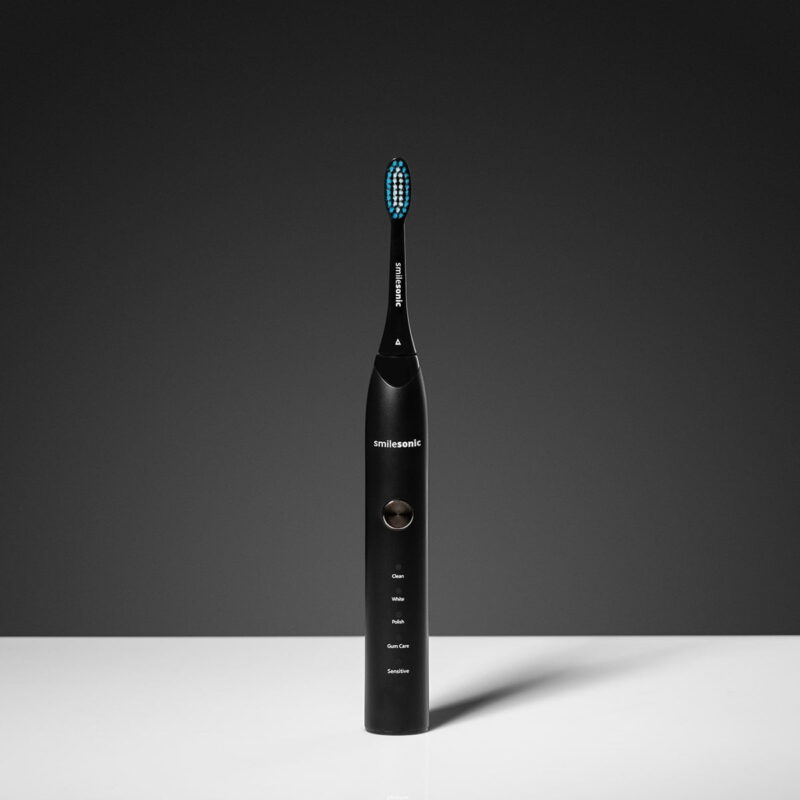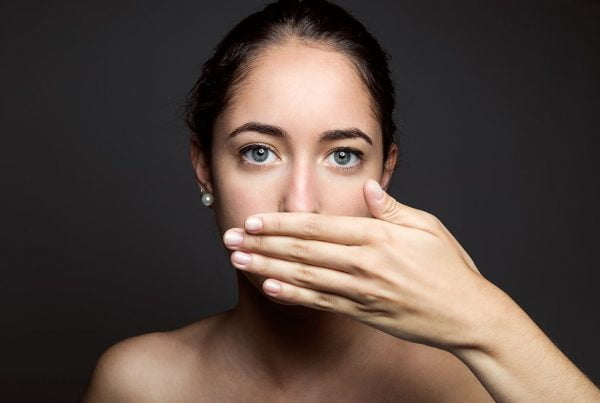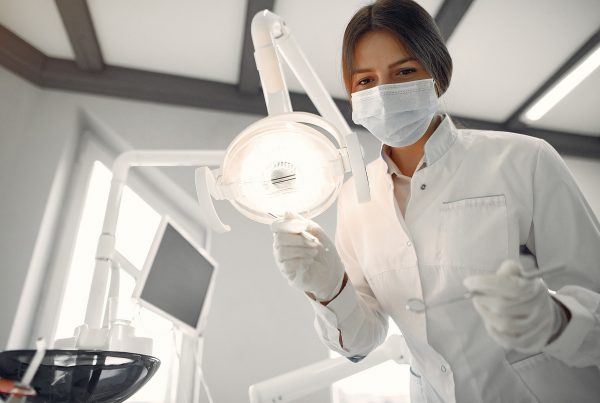How to clean and disinfect toothbrushes?
In order to brush your teeth effectively and safely, it is necessary not only to take care of the correct brushing technique, but also the toothbrush itself. Many people are under the misconception that after brushing their teeth it is enough to rinse the accessory under running water. However, bacteria deposited on the bristles of a toothbrush may lead to the formation of many serious diseases. The following text will help you learn how to care for your toothbrush so that it is always properly disinfected and clean.
How should I properly clean the bristles of my toothbrush?
Rinsing the bristles of your toothbrush under running water is a very useful activity. It is good that most of us practice it. Unfortunately, it is not sufficient to keep the toothbrush clean. Bacteria are airborne all the time, and even when a toothbrush rests freely in a cup, for example, its bristles may become infested with germs. In addition, you may not be able to remove all harmful deposits from the bristles of your toothbrush simply by rinsing them under running water.
So, how should you care for your toothbrush? In addition to washing the toothbrush under running water to remove any toothpaste residue after each use, for the sake of toothbrush cleanliness it is recommended to rinse the bristle in boiling water for several minutes at least once a week. The same should be done with the toothbrush holder (cup, case, cap, etc.). You should also clean them at least once a week in boiling water to get rid of any harmful deposits.
Of course, while caring for your toothbrush, you should also not forget about the handle. You should keep it clean at all times and, if necessary, regularly remove toothpaste residue and other grime from the handle. You can clean the toothbrush handle with a damp cloth, for example.
How should I hygienically store my toothbrush?
We mentioned earlier that a toothbrush may be stored in several different ways. Most commonly, we store it in cups, but sometimes also in a case or on special stands. Which is the best way? Well… all of them are good as long as we remember a few basic hygienic rules.
First, you should always position your toothbrush with its bristles facing upwards. This is because the bottom of the cups accumulates all sorts of bacteria and dirt, which can easily be transferred to the bristles of your toothbrush. The second thing is one of the most common mistakes made when maintaining a toothbrush. The bristles of your toothbrush should never come into contact with the bristles of someone else’s toothbrush. A situation in which several toothbrushes rest next to each other in one cup is unacceptable. Our toothbrush should not come into contact with any other toothbrush. Ideally, it should be kept alone in a separate cup or other accessory.
Care for Electric Toothbrush Tips
Electric and sonic toothbrush users have toothbrush tips installed in their devices that can be easily removed from the handle at any time. This only makes them easier to care for. In general, the tips of electric and sonic toothbrushes have the same care instructions as the bristles of manual toothbrushes. You should also rinse them under running water after each brushing and disinfect them in boiling water at least once a week.
In addition, to keep the toothbrush bristles for electric or sonic toothbrushes as clean as possible, you can buy sterilizers for these devices. These are small accessories that can be mounted on the wall, for example. The sterilizer automatically disinfects and cleans bacteria from the bristle after the toothbrush tip is attached to it. A very interesting option are also special tip caps. These types of products effectively protect the bristles of electric toothbrush tips against unwanted buildup. They are included free of charge in the Smilesonic EX toothbrush kit.
How often should I replace my toothbrush?
Whether you use a manual, electric or sonic toothbrush, the bristles of each type of toothbrush wear over time. It’s important to monitor its condition on an ongoing basis, because using a toothbrush with worn bristles is not only ineffective, but it can also irritate your teeth and gums and even cause systemic diseases (due to bacteria that settle on the worn bristles).
In the case of most toothbrushes, the bristles become unusable after about 2-3 months. If you use a manual toothbrush, you should replace it with a new one after that period of time. If you use an electric or sonic toothbrush, you only have to buy a new cleaning tip. What’s more, some sonic toothbrushes have bristles that monitor their expiration date automatically, so you don’t have to. Over time, the bristles simply lose their natural color, signaling it’s time to replace them with new ones. Smilesonic UP, EX and GO sonic toothbrush models offer such indicator bristles.

